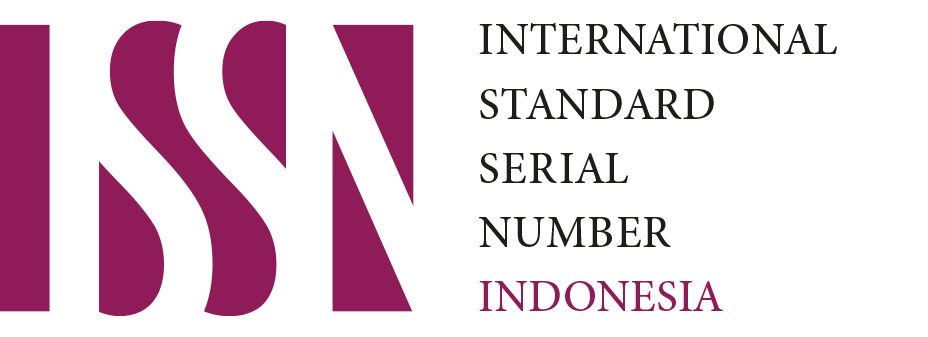Institutional Repository Access Policy: A Case Study in State University of Malang Library
Downloads
This article discusses about access policy to institutional repository in State University of Malang Library. This study aims to analize access policy and accessibility to institutional repository, barriers to adoption of open access, as well as the views of stakeholders to open access institutional repository. The method used is the case study method with qualitative approach. Data was collected by observation, interviews, and document analysis. The result shows that the resistance and disagreement among the stakeholders toward open access institutional repository affect the access policy and accessibility to institutional repository. In protecting academic work, access restrictions which is explicitly does not have legality is applied. The access restriction affects users and visibility of institution. It generates complaints from library users most of whom are digital generation. The restriction also declines the university rank in Webometrics.
Downloads
Agustino, L. (2008). Politik dan kebijakan publik. Bandung: AIPI
American Library Association. (2012). The 2012 state of America's Libraries: A report from The American Library Association.
Budapest Open Access Initiative. (2002). Budapest open access initiative. http://www.budapestopenaccessinitiative.org/read (Diakses 17 Februari 2015
Creswell, J. W. (2014). Research design: Qualitative, quantitative, and mixed methods approaches. Los Angeles: Sage.
Crow, R. (2002). The Case for institutional repositories: A SPARC position paper. Washington, DC: The Scholarly Publishing and Academic Resources Coalition. Retrieved from http://www.arl.org/sparc/bm-doc/ir_final_release_102.pdf
Cullen R., & Chawner B. (2011). Institutional repositories, open access and scholarly communication: A study of conflicing paradigms. The Journal of Academic Librarianship, 37(6): 460-470. doi:10.1016/j.acalib.2011.07.002
Dye, T. R. (1978). Understanding public policy. New Jersey: Prentice Hall
Hitchcock, S. (2010). The effect of open access and downloads (‘hits') on citation impact: a bibliography of studies. Southampton, UK: OPCIT. Retrived from http://opcit.eprints.org/oacitation-biblio.html
Indonesia. (2014). Peraturan Pemerintah Nomor 24 Tahun 2014 tentang pelaksanaan Undang-Undang Nomor 43 Tahun 2007 tentang perpustakaan. Jakarta: Perpustakaan Nasional.
Lynch, C. (2003). Institutional repositories: essential infrastructure for scholarship in the digital age. ARL Bimontly Report, 226. Retrieved from: http://www.arl.org/resources/pubs/br/br226ir.shtml
Mondoux J., Shiri A. (2009). institutional repositories in canadian post-secondary institutions: user interface features and knowledge organization systems. Aslib Proceedings, 61(5): 436-458. doi:10.1108/0001253091
Universitas Negeri Malang. Pedoman pendidikan UM tahun akademik 2014/2015. Malang: Universitas Negeri Malang
Veiga de C. J., Martin-Rodero H. (2011). Open access: New models of scientific publishing in web 2.0 environments. Acceso Abierto: Nuevos Modelos de Edicion Cientifica En Entornos Web 2.07 (SUPPL): 19-27.
Wagner, A. B. (2010). Open access citation advantage: An annotated bibliography. Issues in Science and Technology Librarianship, Winter. Retrieved from http://www.istl.org/10-winter/article2.html
Ware, M. (2004). Pathfinder research on web-based repositories. London: Publisher and Library/Learning Solutions. Retrived from http://www.plasgroup.org.uk/palsweb.nsf/79b0d164e01a6cb880256ae0004a0e34/8c43ce800a9c67cd80256e370051e88a/$FILE/PALS%report%20on%20Institutional%20Repositories.pdf. (Diakses 17 Februari 2015)
Yin, R. K. (2013). Studi kasus: Desain dan metode. Jakarta: PT RajaGrafindo Persada
Record and Library Journal by Unair is licensed under a Creative Commons Attribution-ShareAlike 4.0 International License.
1. The journal allows the author to hold the copyright of the article without restrictions.
2. The journal allows the author(s) to retain publishing rights without restrictions
3. The legal formal aspect of journal publication accessibility refers to Creative Commons Attribution Share-Alike (CC BY-SA).
4. The Creative Commons Attribution Share-Alike (CC BY-SA) license allows re-distribution and re-use of a licensed work on the conditions that the creator is appropriately credited and that any derivative work is made available under "the same, similar or a compatible license”. Other than the conditions mentioned above, the editorial board is not responsible for copyright violation.


 57201398420
57201398420

























